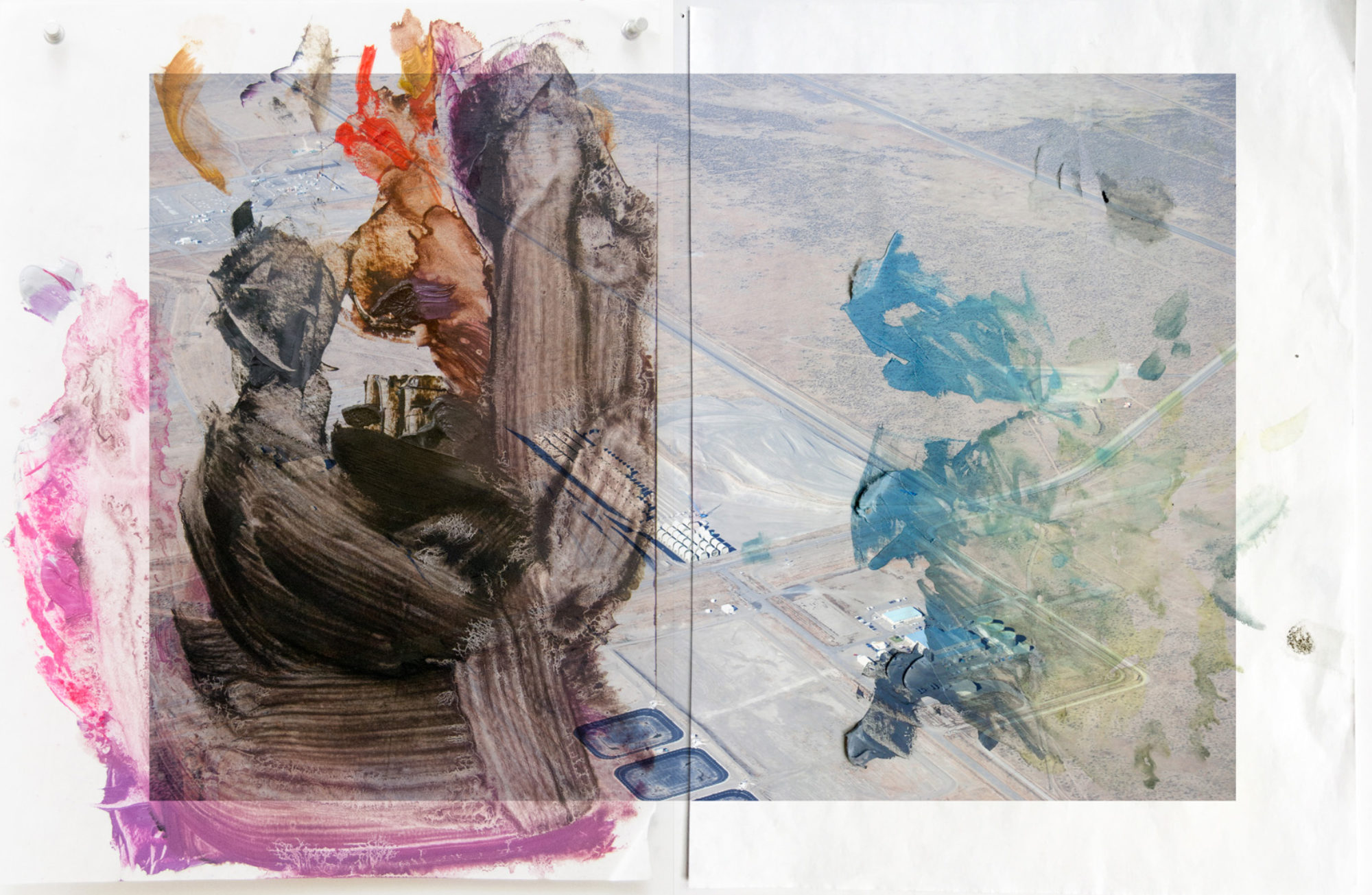With the theme of “light,” it seems obvious to consider photography as the featured visual art form for this issue—the word “photography” literally means “drawing with light.” And although the technology has evolved from film to digital sensors, it continues to be a process of painting with shadow and light.
A camera does not capture an objective record of the light in a scene; rather, the amount of light present is controlled—manipulated intentionally—by the artist. Visually, the most striking photographs are those that exhibit a strong, intentional use of light-dark contrast. They compel the viewer to consider the binary oppositions that form our perception of reality: light versus dark; presence versus absence; inside versus outside; beholder versus beheld. The artworks we’ve selected exemplify stunning visual contrast, not only in themselves, but also in relation to each other.
“Assessing the Damage”
by Matthew Fertel
“Cathedral Close”
by K.L. Johnston
Beneath Matthew Fertel’s photograph “Assessing the Damage,” Kathleen Johnston’s “Cathedral Close” becomes as much about absence as presence. Both works repeat those striking, irregular shapes, allowing us to view these photos as an unintentional continuation of each other.
In “Assessing the Damage,” the dark mark towards the bottom of that chasmic space evokes a human figure with their head bowed, perhaps reading. The absence of another broken space to the left mirrors the absence of a second figure in “Cathedral Close,” drawing more attention to that composition’s negative space. The dark, diagonal cracks against the concrete in Fertel’s work mirrors the radial starburst of light in “Cathedral Close.” The damage makes the absence of light just as pervasive as its presence. When contrasted with “Assessing the Damage,” the replacement of the male figure with the sun in Johnston’s work reads as more of a “before/after” rather than a singular moment.
“Experiment 5.34”
by Sona Verdi
“Golden Madonna, Montmartre Cemetery, Paris 18”
by Roger Camp
In a similar vein, Roger Camp’s “Golden Madonna, Montmartre Cemetery, Paris 18,” and Sona Verdi’s “Experiment 5.34,” appear almost as negatives of each other. Both pieces are divided by a dark vertical line just to the right of the midpoint. Light and focus are gathered to the center of the composition: “Golden Madonna” to the top/right, “Experiment 5.34” to the bottom/left. The framing is inverted as well: the round halo surrounding Mary’s face in “Golden Madonna” is enclosed by the rectangular framing of the window sill; in “Experiment 5.34,” the circular window encloses the rectangular frame of windows and pillars surrounding the man.
This visual inversion transforms how we, as viewers, consider ourselves in relation to the subjects. Both pieces use a frame-within-a-frame composition. But in Verdi’s piece, we have the impression of being outside looking in; while in “Golden Madonna,” the viewer is inside looking out. Our role toggles between being the beholder and being the beheld.
“Experiment 5.34,” places us in the role of spectator: the man, with his back turned, is looking down beyond the frame. We are not privy to the object of his attention, and yet, he becomes the object of ours. Verdi’s “Golden Madonna,” on the other hand, feels like a mutual observance: our eyes are drawn to the Madonna and child, both of whom intensely return our gaze. Just as the object of the subject’s attention is beyond the confines of the photograph in “Experiment 5.34,” we become the object of Mary and Jesus’s gaze in “Untitled.” We are that which exists beyond the image: a subject being scrutinized and studied.
Lily-Katherine Jurskis
Visual Art Editor
Matthew Fertel is a Sacramento-based photographer who has worked at Sierra College since 2004. Before that, he was a fine art auction house catalog photographer in San Francisco for over 10 years. His work focuses on capturing the usually unnoticed minutiae we all encounter in our daily lives. He seeks to expose the unseen beauty in the everyday objects that make up the landscape of our existence. Going to the same locations over days, months and years allows him to capture images under different lighting and weather conditions, and to see objects change over long or short periods of time. There is art hidden everywhere if we can learn to see it.
K.L. Johnston is a poet and photographer whose work has appeared in literary magazines, anthologies, and travel journals. She is also the author of a photo illustrated book of meditations. She holds a degree in English and Communications from the University of South Carolina and her wide-ranging interests contribute to her writing and art. Happily retired from a career as an art and antiques dealer, she devotes her unscheduled time to writing and satisfying her curiosity about places and people. You can find out more by visiting her Facebook page “A Written World” or view her previously published photos at 1-kathleen-johnston.pixels.com
Sona Verdi writes stories and develops 35mm film from her New York City apartment. Her work has been published or is forthcoming in Maudlin House, Passengers Journal, and others. You can find her at sonaverdi.com.
Roger Camp is the author of three photography books including the award winning Butterflies in Flight, Thames & Hudson, 2002 and Heat, Charta, Milano, 2008. His work has appeared in numerous journals including The New England Review, Witness and the New York Quarterly. His documentary photography has been awarded Europe’s prestigious Leica Medal of Excellence. Represented by the Robin Rice Gallery, NYC, more of his work may be seen on Luminous-Lint.com.




